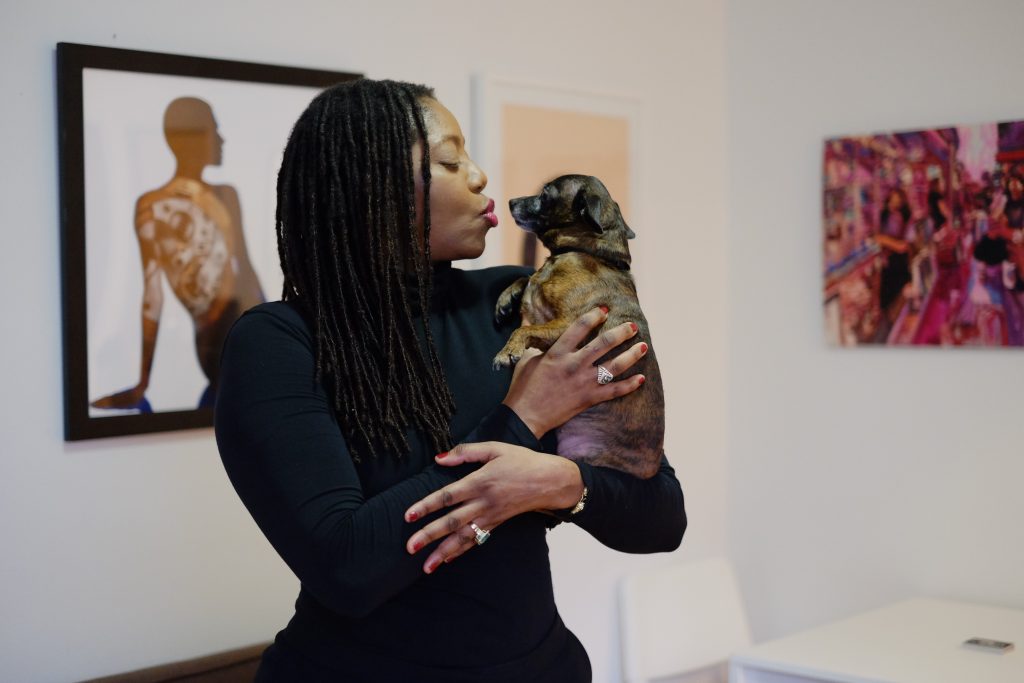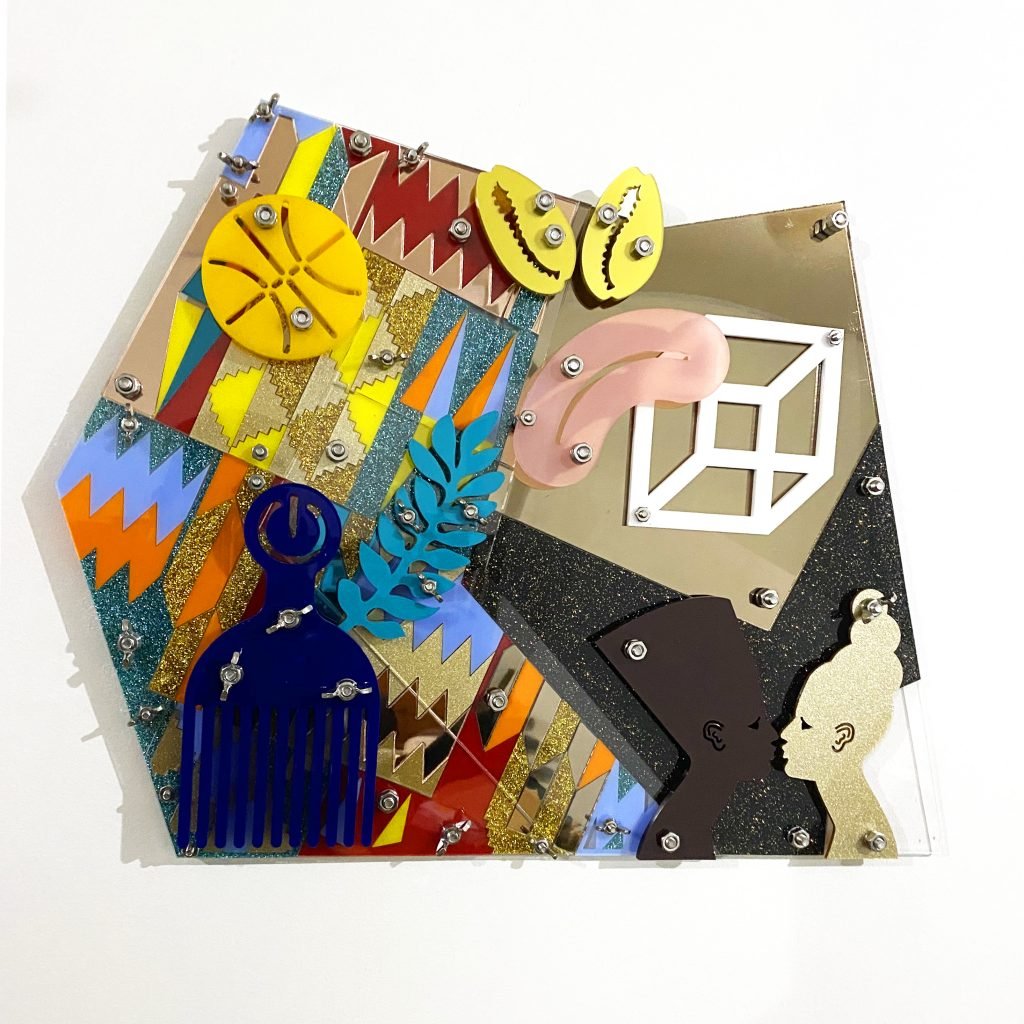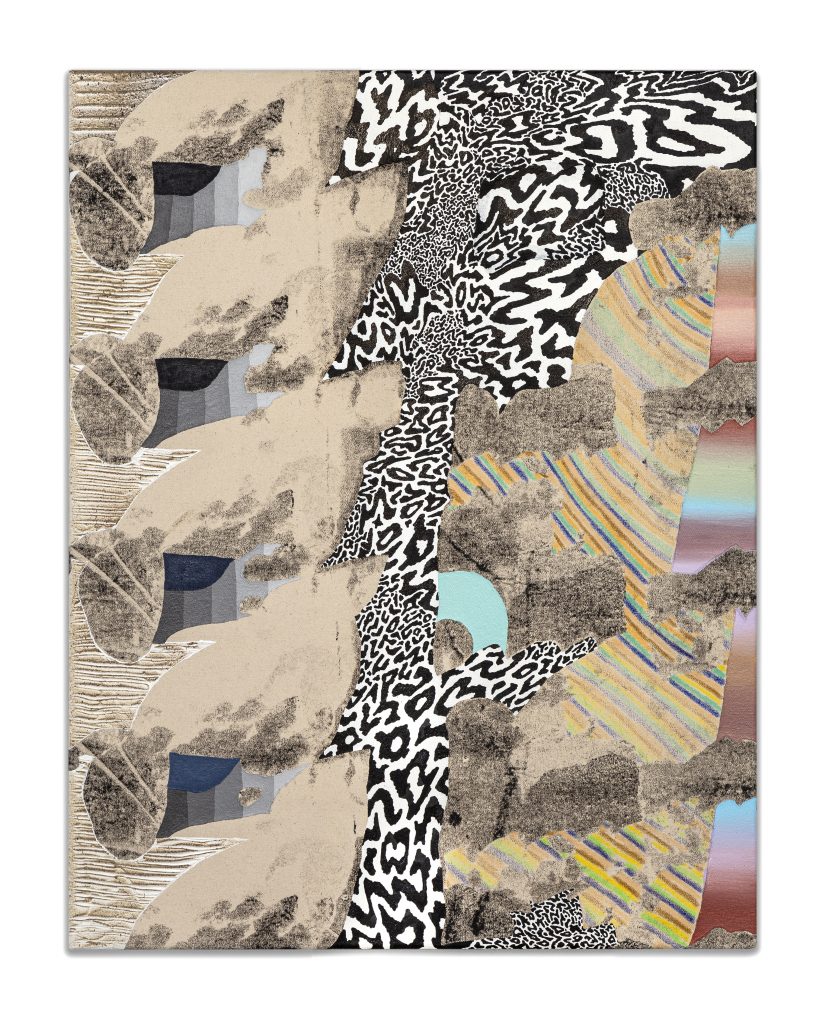People
Why the Founder of Arcade Project, a Publishing Platform That Champions Writers of Color, Decided to Launch an Art Gallery, Too
M. Charlene Stevens launched Arcade Project in 2016, aiming to promote a broad array of creative professionals.

M. Charlene Stevens launched Arcade Project in 2016, aiming to promote a broad array of creative professionals.

by
Artnet News

Arcade Project, a four-year-old online publishing platform, is trying on a new business for size by launching an online art gallery.
“There are no brick-and-mortar galleries right now,” Arcade Project founder M. Charlene Stevens says. “This is the best time to step in the game because I could afford to compete in the digital realm.”
On view on the gallery’s site now is “Spring Forward,” an exhibition of photography and multimedia works curated by Ruben Natal-San Miguel and inspired equally by the Poptimism of 1970s disco and the spirit of rebirth associated with the coming of spring. (The show is one of four spring-themed exhibitions curated by Natal-San Miguel, who also has a show up now at Postmasters gallery.)
Stevens launched Arcade Project in 2016, aiming to promote the voices of writers and artists who, like herself, weren’t getting a seat at the majority white, hyper-privileged art-world table. It wasn’t easy.
“That’s one thing about white privilege or white male privilege—there’s always that ability to fail up,” she says. “Black girls don’t get to fail up. Most Black kids know from childhood that we’re going to have to work twice as hard to get half as much.”

Damien Davis, Single Issue (Blackamoors Collage #328) (2020). Courtesy of the artist and Arcade Project Curatorial.
She took temp jobs to fund the project, answering phones, working as a receptionist, and was once even a guard at a design fair.
“My bills often didn’t get paid so that writers could be paid and the operational costs could be covered,” she says.
The site once went down for a day when she couldn’t swing the web hosting bill.
“It was a struggle,” Stevens says. “People really close to me would say, ‘Hey, you really need to give this up, spend your time looking for a crappy job.’ But it was never an option for me to let this die. And the people who told me to walk away are no longer in my life, but the publication is still here.”
Arcade Project Curatorial, as the new initiative is called, already has four artists on its roster (though their names haven’t yet been announced). But shows won’t be limited to these artists. Instead, Stevens sees the site as a platform to showcase a bevy of curatorial and artistic voices.

Will Hutnick, Slow Like Honey (2020). Courtesy of the artist and Arcade Project Curatorial.
Another show, which opens June 25, is called “Gay Guerrilla” and surveys queer abstraction by six artists, including Poppy DeltaDawn, Christopher Stout, and Julie Torres. The show is named after a seminal piano piece by composer Julius Eastman and will be accompanied by bi-weekly video diaries created by the participating artists.
“I find myself thinking more and more about the use of abstraction in my work,” Damien Davis, who is included in the show, says. “What I once considered to be a sort of Trojan horse, meant to open up sometimes uncomfortable conversations, may potentially lose its necessity as discourse around police brutality, queer/trans rights, and systemic racism move to the forefront.”
“I’m trying to maintain my hopefulness that these types of discussions will broaden and deepen, transforming into real measurable action,” he says. “In the meantime, abstraction coupled with a shiny, seductive packaging seems to be the most potent strategy for creating meaningful, substantive discussions around my queerness and my Blackness.”
Stevens, meanwhile, says she wants to use the gallery to take the risks that artists don’t always have the option to take themselves.
“It can make people risk-averse when they feel that privilege is working against them,” she says. “Or the opposite: it can make you just say, ‘Fuck it, everything’s going against me anyway, I’m just going to dive in.’ I’m definitely in ‘fuck it’ land!”